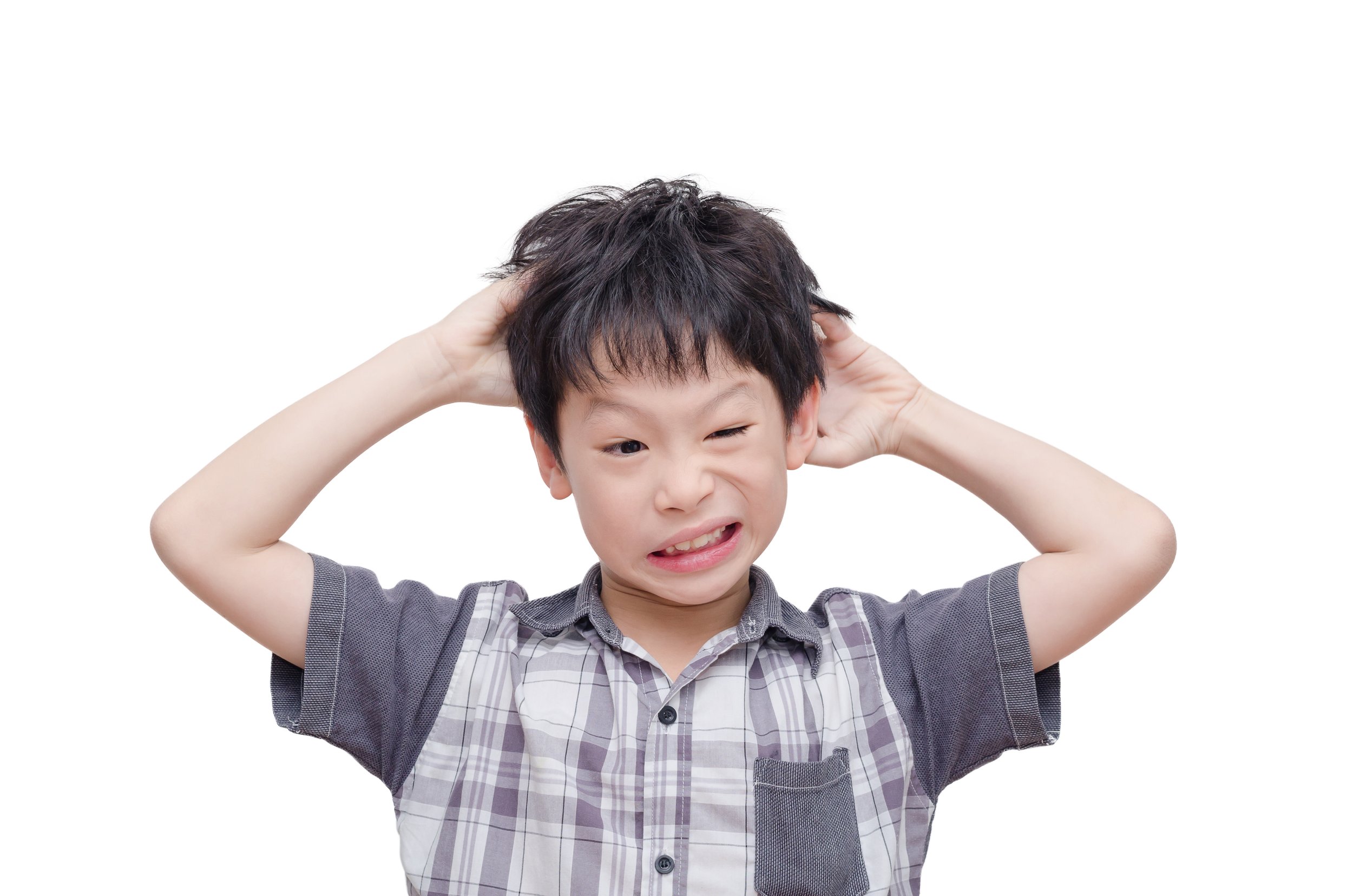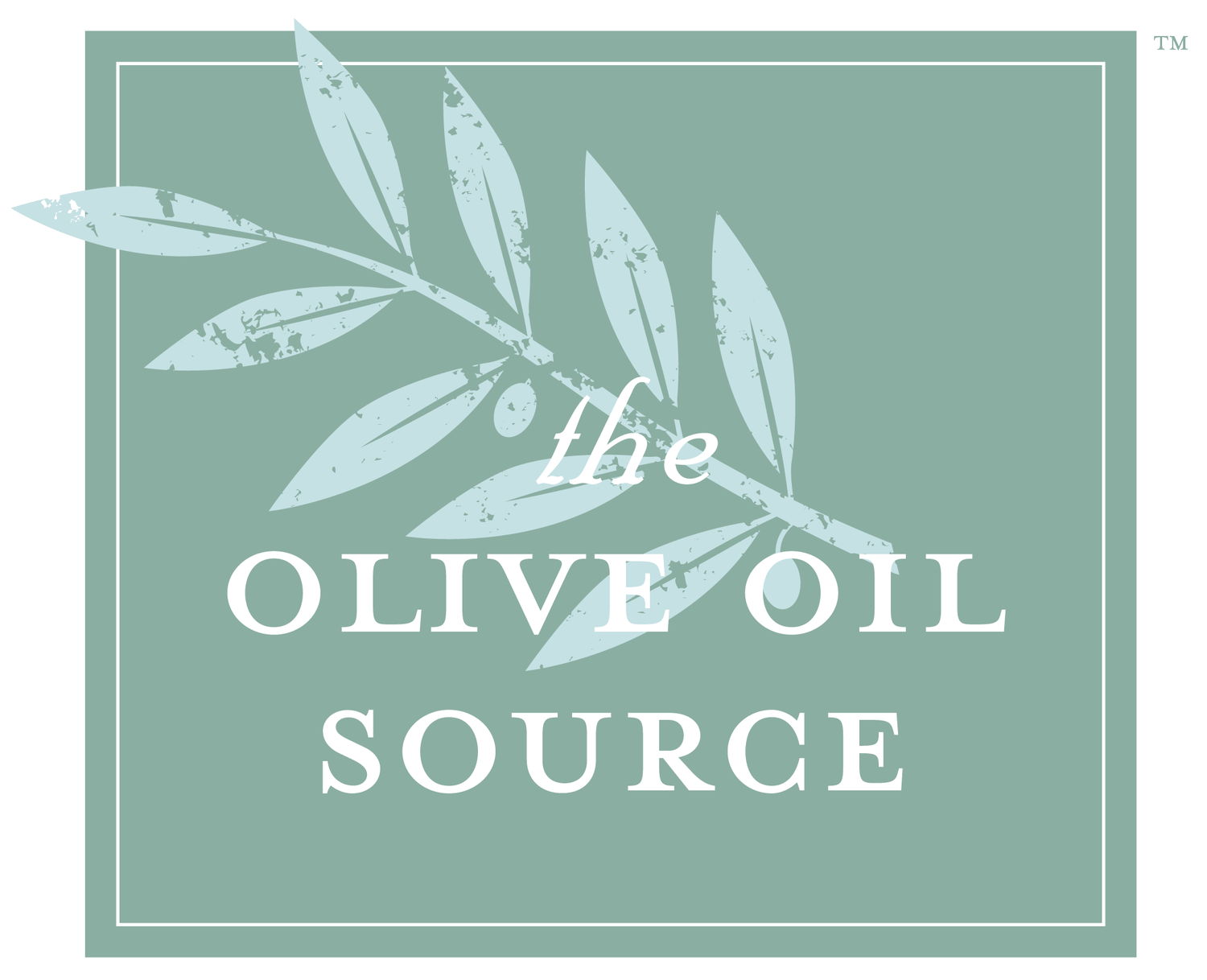
How to Combat Lice with Olive Oil
You may be surprised when you or one of your children discovers a head lice infestation. School systems estimate that there are 12-25 million infestations of head lice each year in the United States. The diagnosis of head lice is usually made by finding tiny, whitish oval nits (lice eggs) firmly attached to one side of the hair shaft. If you can easily blow or flick off the particle, or if it crumbles in your fingers, it is not a nit.
Getting rid of head lice is a three step process: killing the live lice, removing the nits by combing or manual picking them out, and then cleaning the home environment.
The best approach to kill lice comes down to choosing between pesticide and natural substance. A child’s scalp may easily absorb chemical materials, so it is important to consider the risk of pesticides entering the body by absorption through the scalp. My experience suggests the best path is one of “safety first” for the child, and chemical substances should be used only if other methods fail.
Olive oil is one of the most effective natural remedies for head lice because it acts as a suffocating agent. When using olive oil, select the least expensive grade. Make it educational and fun by explaining to your child what you are going to do and make a big deal about removing the “bad bugs”. Start by putting a towel around your child’s shoulders, then apply a liberal amount of olive oil all over the head and work it through the hair. The less hair to cover with olive oil, the easier it will be. Pile the hair on top of the head, wrap the whole head with a plastic wrap tucking all the oiled hair strands under the wrap and cover with a plastic shower cap. Then wrap a towel as tightly as possible around the head so that nothing can leak out. This application will need to remain over night. The next day remove the towel, shower cap and plastic wrap and comb your child’s hair with a metal comb using a bowl to catch the material as it comes off. When most of the material is removed, keep combing the hair to remove as many nits as possible. Then wash your child’s hair to remove the traces of the oil by using a gentle shampoo. The olive oil will suffocate the lice, but not the eggs and you will need to repeat the treatment several days later until all of nits are removed.
Other types of suffocating agents have been suggested, but olive oil appears to be the most effective. There are a few practical reasons as well that make olive oil a better choice. An inexpensive grade of olive oil is much easier to wash out of the hair than petroleum jelly and substances such as mayonnaise may become sticky in the morning and develop a bad smell.
Olive oil is our choice for the treatment of head lice because it avoids the side effects of other treatments. Avoiding the potential absorption of a chemical pesticide and understanding that head lice may become resistant to various chemical pesticides are two good reasons. Olive oil treatment may be messy, but in the long run it is our recommendation for safety and effectiveness.
Publisher's Note: We recommend using Virgin Olive Oil as it is not chemically refined, yet relatively inexpensive
SOURCES
Dr. Dean Moyer, May 14, 2010
The content of this web site is not intended to offer personal medical advice. You should seek the advice of your physician or other qualified health provider with any questions you may have regarding a medical condition. Never disregard professional medical advice or delay in seeking it because of something you have read on this web site.
